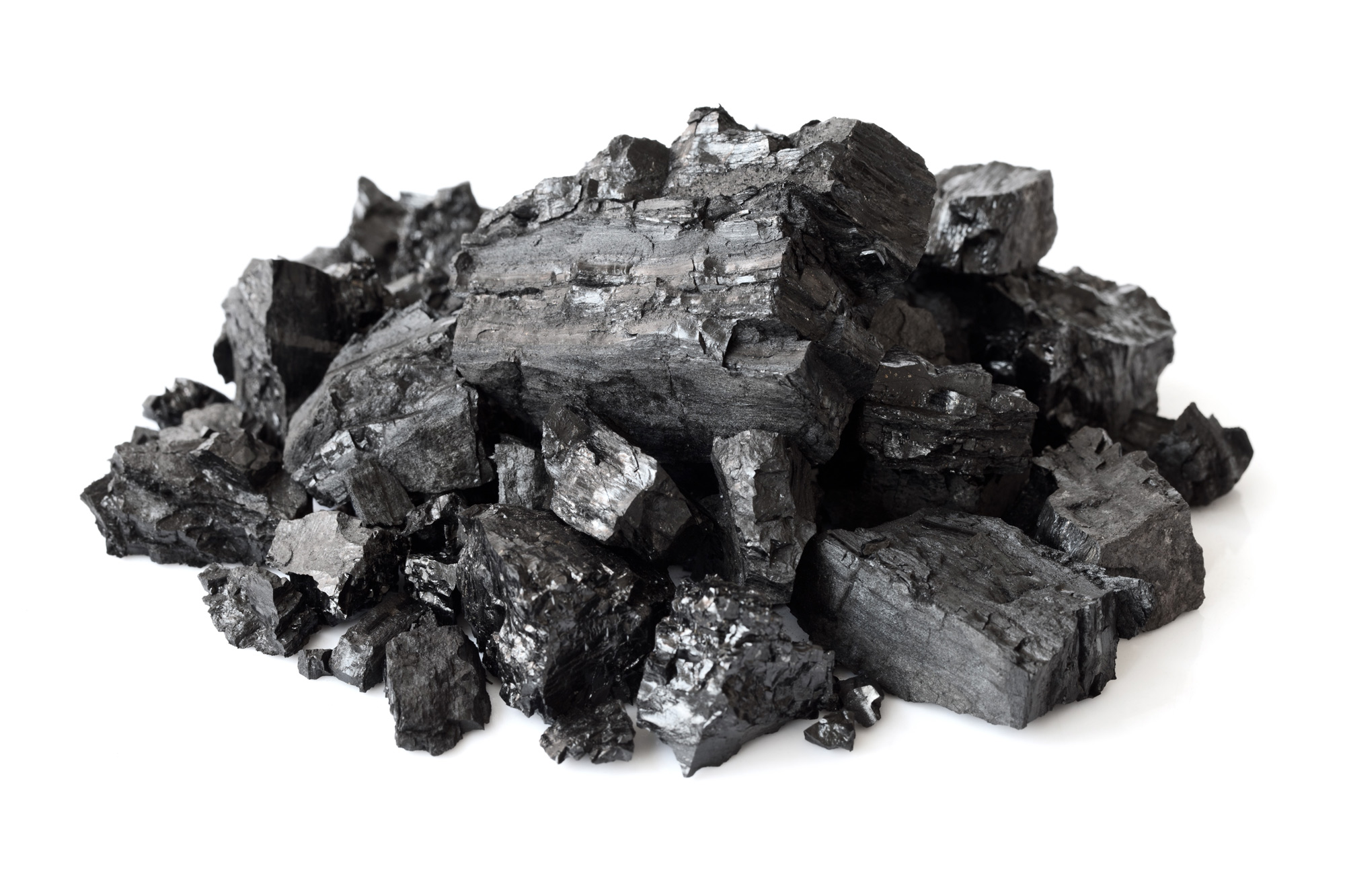Coal-fired power is again a target in Australia following a Senate Committee report recommending that the country move away from coal-generated electricity entirely. The report – which comes about a month after an announcement confirming the closure of Hazelwood power station and before the closure of several other Australian plants – cites economic factors as the primary reason for the push to abandon coal.
According to Committee Chairwoman and Co-Deputy Leader of the Greens, Senator Larissa Waters, the report came in response to calls from a variety of parties seeking direction from the government. “Evidence to the committee showed that Australia’s biggest power companies, unions, climate NGOs and affected communities like the Latrobe Valley are all pleading with the government for a national plan,” Waters said.
The details
The report is supported by both the Labor and Green members of the Senate committee and calls for a “comprehensive energy transition plan” and a system to provide assurance that the soon-to-be-shuttered stations will close in “an orderly fashion and with plenty of warning.” The Liberal members of the committee wrote a dissenting report.
According to The Guardian, the report “backs” the Australian Council of Trade Unions (ACTU), which called for an independent “energy transition authority” in a report released in early November. The ACTU is seeking to minimize the impact of the impending closures on both workers and the communities in which the plants reside, as well as ensure fair treatment of plant employees.
The report also proposes a change to the national electricity objective, which governs the national electricity market. Currently the national electricity objective requires regulators to focus on price, quality, safety, reliability and security but not environmental factors. The report recommends revising the objective to be “consistent with Australia’s obligations under the Paris agreement.”
Not a question of if, but how
As the conversation around climate change intensifies and the energy landscape shifts increasingly toward clean alternatives, the closure of Australia’s coal-fired power plants seems to be a foregone conclusion. Thus, the question that the report seeks to address is not “if” but rather “how?” “How quickly and orderly these closures will occur and what supporting policies, if any, will be in place to help manage the process,” the report states.
The process
The report was released following two public hearings in which stakeholders such as energy companies, environmental groups and unions urged the Australian government to “devise an orderly transition away from coal-generated electricity, rather than relying on market forces to lead to the closure of Australia’s ageing fleet of coal-fired power generators.”
The death of coal and the impact on cost
Opponents, such as the Minerals Council of Australia argued for the construction of “super-efficient coal generation,” stating that phasing out coal generation completely would increase the costs of transition.
During the hearings, Erwin Jackson of the Climate Institute countered that as coal-fired stations were set to close regardless, increasing energy prices are inevitable.
Frank Jotzo from the Australian National University weighed in from the perspective of development, stating that the cost of building renewable energy facilities and coal power stations was about equal, leaving no “commercial reason to preference coal.”
Timeline
The demise of most of the country’s ageing power plants was already in the works, but the process of closing these large-scale facilities was likely to take decades. But the report condenses the timeline for closure to 10 years, in keeping with Australia’s “commitment to keep global warming at well below 2ºC.”
At the first public hearing, the Climate Institute’s Olivia Kember told the committee: “For emissions reductions consistent with the 2ºC goal, Australia’s existing coal stations essentially needed to have closed by the early 2030s and what that works out to is roughly the rate of the equivalent of a Hazelwood a year.”
Stay tuned
Watch the Bulk Energy blog for more news and developments on this and other important energy topics.








